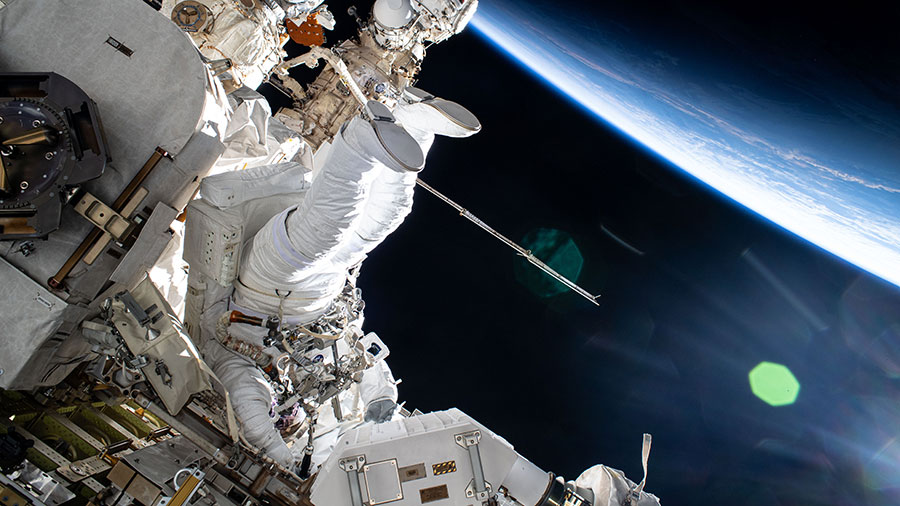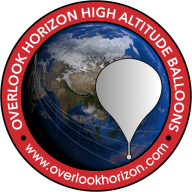
Space navigation and plasma crystals were the main research topics aboard the International Space Station on Wednesday. The Expedition 72 crew also reorganized cargo and continued cleaning up after last week’s spacewalk.
Accurate navigation is critical as crew spacecraft are being readied to travel farther away from Earth-orbiting satellite systems and toward the Moon. NASA Flight Engineer Don Pettit installed and activated the Navigation and Communication Testbed (NAVCOM) demonstration hardware inside the Columbus laboratory module. NAVCOM is being tested as a more accurate alternative to a constellation of satellites known as the Global Navigation Satellite System. NAVCOM may inform the development of lunar stations to transmit precise navigation data such as position and time on future crewed missions to the Moon.
Station Commander Suni Williams of NASA spent most of her day on cargo and life support work in the orbital lab. She primarily worked inside the Permanent Multipurpose Module reconfiguring the cargo hold to optimize space. Williams also spent a few moments transferring clean water from the Tranquility module into Roscosmos water tanks for temporary stowage.
Williams later joined NASA Flight Engineers Butch Wilmore and Nick Hague servicing spacesuits and stowing tools used during a Jan. 30 spacewalk. Following her cargo and maintenance work, Williams wrapped up her shift stowing spacesuit batteries and preparing them for upcoming recharging activities. Wilmore and Hague worked throughout the day in the Quest airlock stowing a variety of spacewalking tools used during the science and maintenance spacewalk.
Roscosmos Flight Engineer Aleksandr Gorbunov started his day setting up a video monitor for a study observing electrons, ions, neutral gas, and microparticles that interact strongly when charged and can turn into plasma crystals. Gorbunov also assisted Williams with the water transfer tasks then replaced hardware in the Zvezda service module that purifies water vapor into potable water.
Flight Engineers Alexey Ovchinin and Ivan Vagner spent their day on routine maintenance and ongoing science activities inside the orbital outpost’s Roscosmos segment. Ovchinin completed carbon dioxide monitoring near crew work areas and crew quarters then worked on Zvezda’s oxygen generator. Vagner participated in a test to improve how international crews communicate with mission controllers from around the world.
Learn more about station activities by following the space station blog, @space_station and @ISS_Research on X, as well as the ISS Facebook and ISS Instagram accounts.
Get the latest from NASA delivered every week. Subscribe here: www.nasa.gov/subscribe

